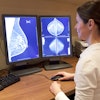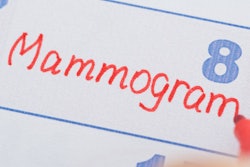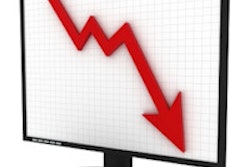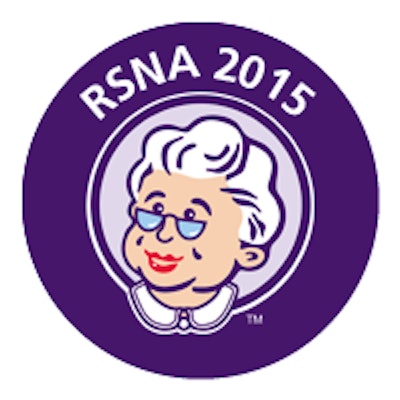
CHICAGO - Comparing screening mammography exams with two or more prior exams reduces by 14% the odds that a woman will be recalled, versus comparing the current exam to a single prior study, according to a study presented at the RSNA meeting.
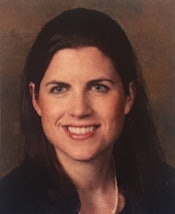 Dr. Jessica Hayward, University of California, San Francisco.
Dr. Jessica Hayward, University of California, San Francisco.
"It has already been well-established in the literature that having at least one prior comparison mammogram decreases the recall rate, but we wanted to prove that there was further benefit to comparing to even more mammograms," she told AuntMinnie.com. "It's beneficial for radiologists and institutions to take the extra time to compare mammography exams to more than one prior and to allow radiologists access to more than one when available."
The more the better
Hayward and colleagues conducted a retrospective search of UCSF's mammography database for screening mammograms performed between June 2010 and March 2015, which yielded a dataset of more than 46,300 screening mammograms in about 22,700 women. The group gathered information on the women's age, dates of the mammograms identified as comparisons in the clinical report, and recall recommendations.
Hayward's team found that the recall rate for screening mammography decreased dramatically the more priors were available for comparison.
| Recall rate by number of priors | |
| No. of prior mammograms | Screening recall rate |
| None (n = 3,845) | 16.6% |
| One (n = 5,749) | 7.8% |
| Two or more (n = 36,723) | 6.3% |
After adjusting for patient age, the odds ratio of recall for the multiple-prior group relative to the single-prior group was 0.864, Hayward said. This was a statistically significant 14% decrease in the recall rate between the two groups.
Women with multiple priors were an average of six years older than those with a single previous exam. But because Hayward and colleagues controlled for age, the results suggest that the number of priors is an independent predictor of screening recall rate, Hayward said.
Finally, when women had two or more priors, the positive predictive rate of the mammogram almost doubled and the cancer detection rate increased by 2.3 per 1,000 exams, the researchers found.
If you've got 'em, use 'em
Session facilitator Dr. Paula Gordon of the University of British Columbia commented that perhaps Hayward's work would spur facilities to digitize more of women's analog priors.
"We still have patients coming in for their first digital mammography exam, and their priors are on film," she said. "Our administration will only cover the cost of digitizing one prior per year. We need to get this research published to show that it's important to have more than one prior available."
In any case, if multiple priors are available, comparing the current screening exam to them is a more effective strategy for reducing the recall rate than comparing with a single prior, Hayward concluded. And this can only benefit women.
"With lower recall rates, women will have less anxiety," she said. "We hope our findings will influence radiologists to compare to more than one prior mammogram, if possible."




